Details:
h: 35 cm (14 inch)
w: 40 cm (16 inch)
d: 11 cm (4.5 inch)
Fabric and color: the base cloth of the printed fabric is ‘french navy’ colored cotton drill and the print is a colorwave of greens. The matching fabric is green. Lining color as shown.
Features:
- Zip closure
- Fully lined
- Internal pockets (one with zip)
- Can hold itself upright
- Handles securely attached
- Can hold a 13 inch laptop and A4 files easily
- Gusset at the base
- Limited Edition (only 2 made)
- Fabric design story supplied with each bag
- Fabric hand printed in Australia
- Made by A.N.D. Fair Trade Cambodia
How was it made?
The fabric was hand-printed by Aboriginal printers in the remote community Gunbalanya (Oenpelli) then beautifully crafted by our fair trade partners in Cambodia.
Note: The placement and color variation of the fabric design is unique and special on every bag
*
Artists: Merrill Girrabul, Priscilla Badari, Lynne Nadjowh, Audrey Nadjowh (dec)
Manme (bush foods) was Injalak’s first women’s fabric design and was created in 1992 by four talented Kunwinjku women, one has since passed away. The original artwork got destroyed and was recreated during a workshop in 2013. The remaining women are all talented fibre artists and continue to create fabric designs reflecting their strong connection to country and culture.
Kunwinjku people refer to the bush as their “supermarket” containing everything from staple foods to snacks, medicines to raw materials. This design celebrates manme (plant foods). Bordering the design are two hairy tubers which are carbohydrate staples, karrbarda (‘long yam’, Dioscorea transversa) and mankinjdjek (‘cheeky yam’, Dioscorea bulbifera). Mankinjdjek must be leached before cooking in a loosely woven djerrh (dilly bag) in running water. Arnhem Land abounds in fruits especially in the “build-up” and early wet seasons. The round fruits shown here are mankurndalh (‘black plum’, Vitex glabrata) and mandak (‘milky plum’, Persoonia falcata). Many fruits are also used medicinally, including manngukmanj (cheesefruit tree, Morinda citrifolia), the large lumpy fruits in this design. The clover-like shape in this design is the open seed pod of mankarralarlhmanj (peanut tree, Sterculia quadrifida) filled with tasty and nourishing nuts.
*
Injalak Arts is a non-profit, fully Aboriginal owned arts corporation located Gunbalanya in West Arnhem Land in remote Australia. The 300 members make beautiful arts and crafts. Their print workshop is busy with new screenprinted fabrics being created daily. They have an extraordinary 47 different fabric designs all created by the members and use lots of different base cloths (all natural fibres) and two teams of printers – men and women. Injalak Arts is registered as a charity in Australia.
*
Visit the Injalak Arts Etsy shop to see an amazing range of fabrics and other high quality authentic hand-made products: https://www.etsy.com/au/shop/InjalakArts
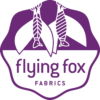
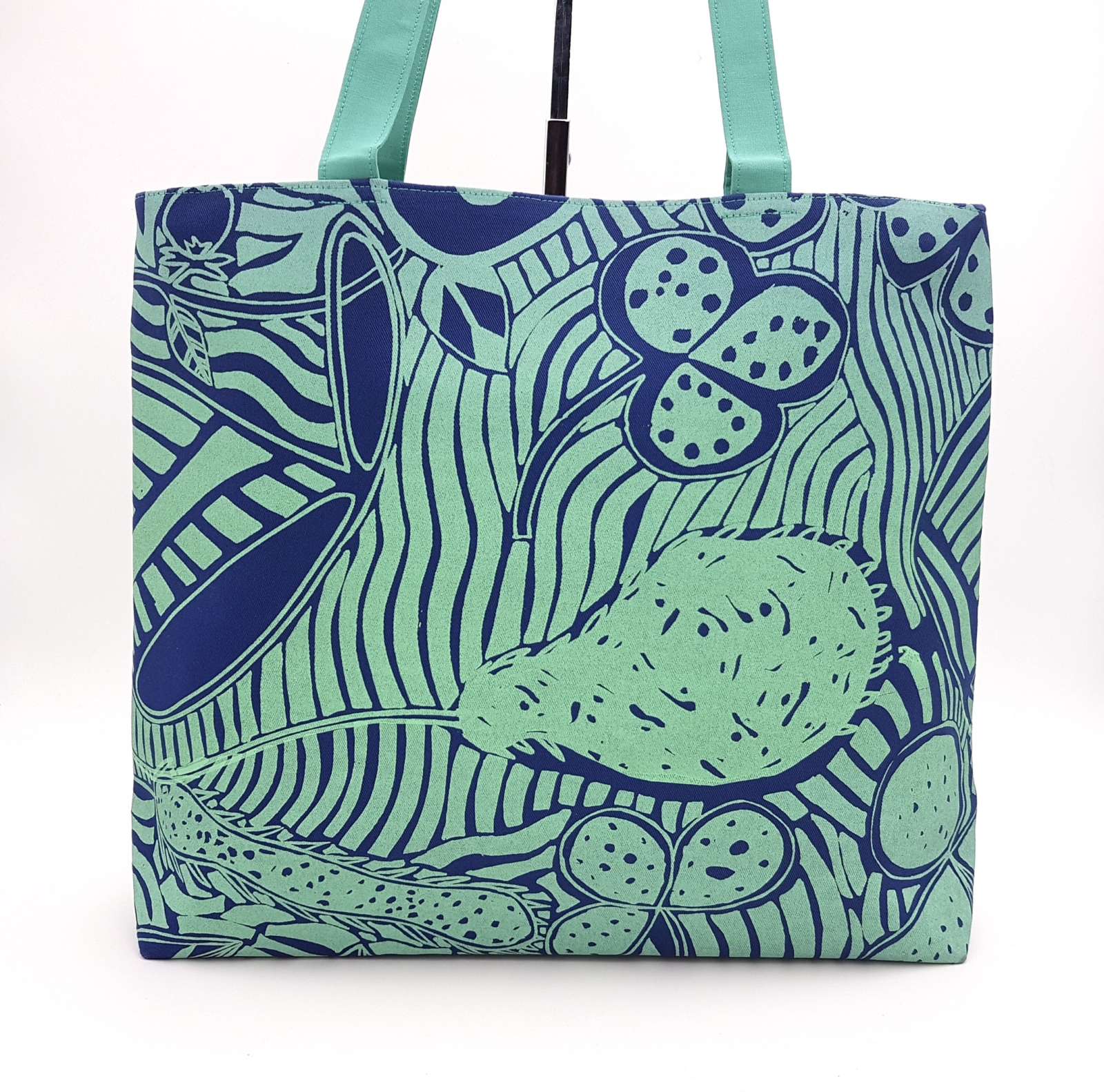
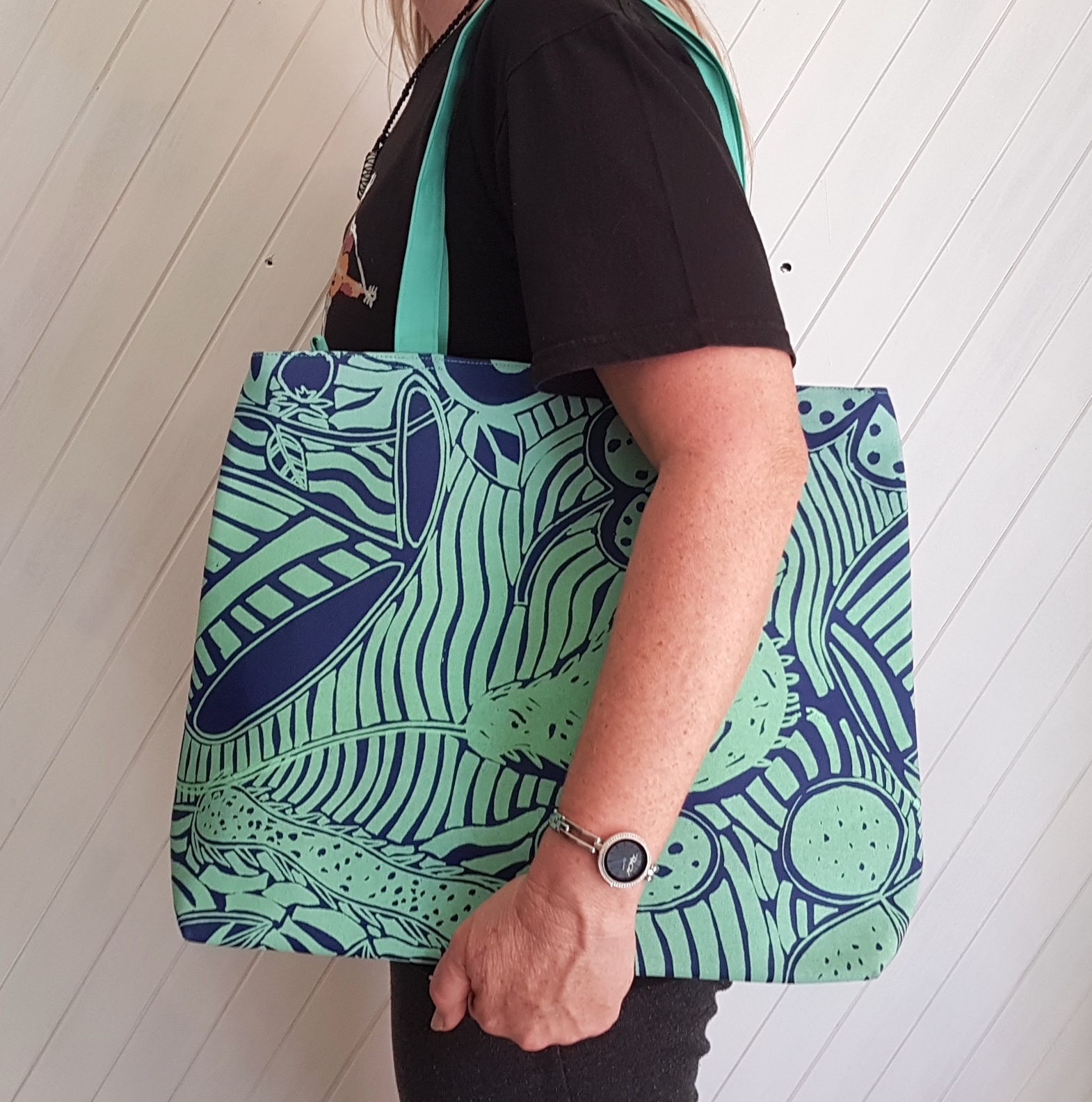
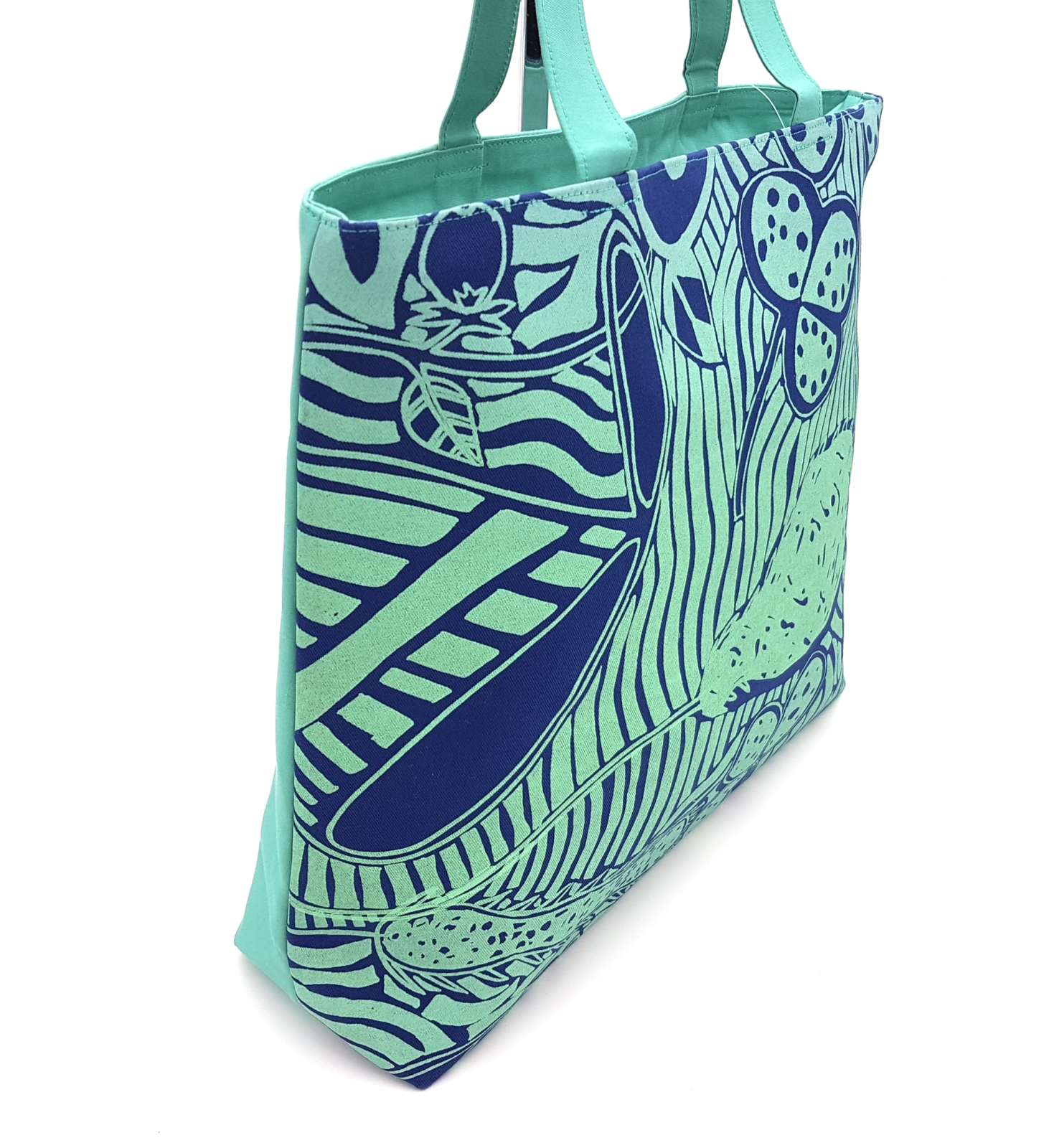
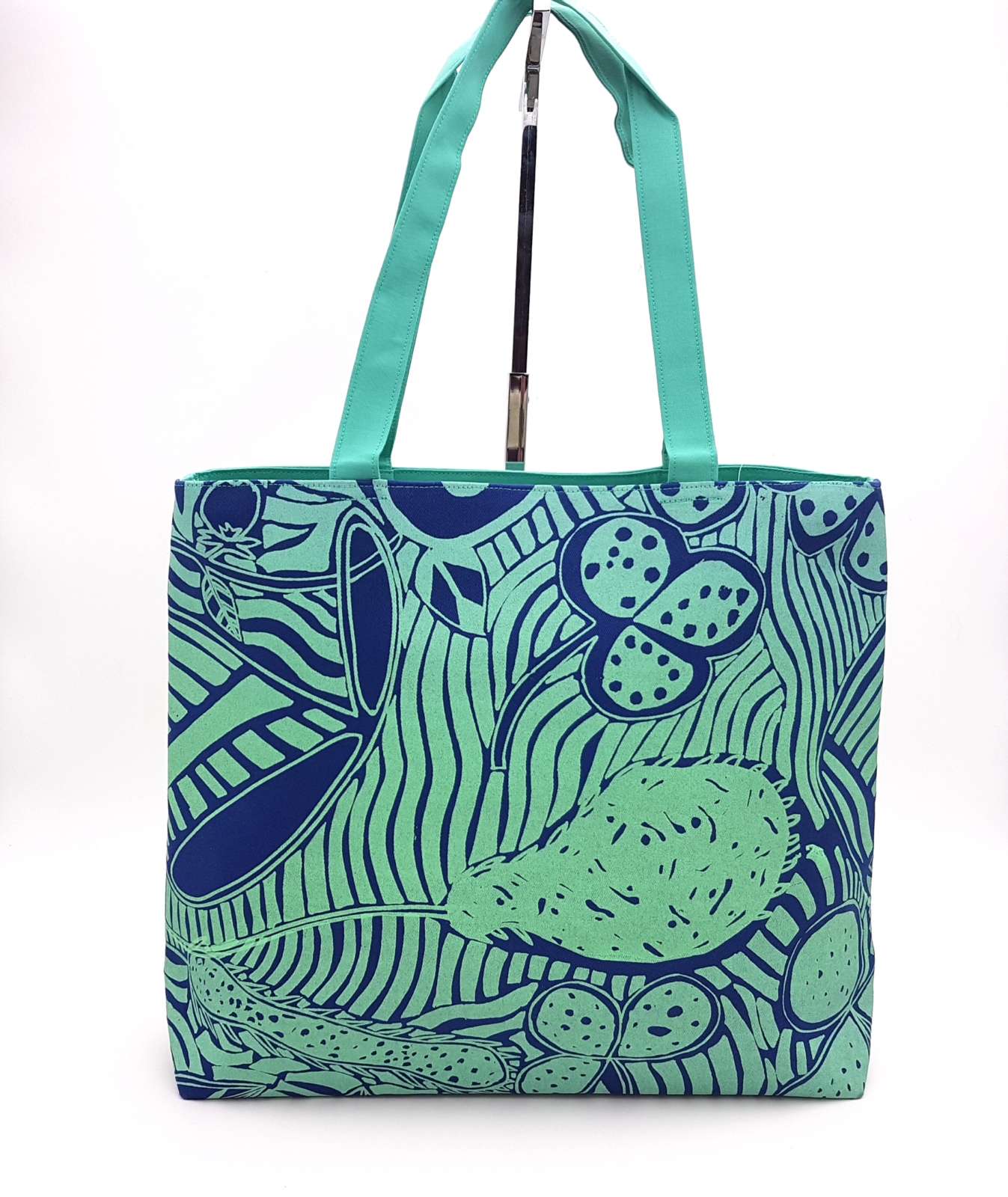
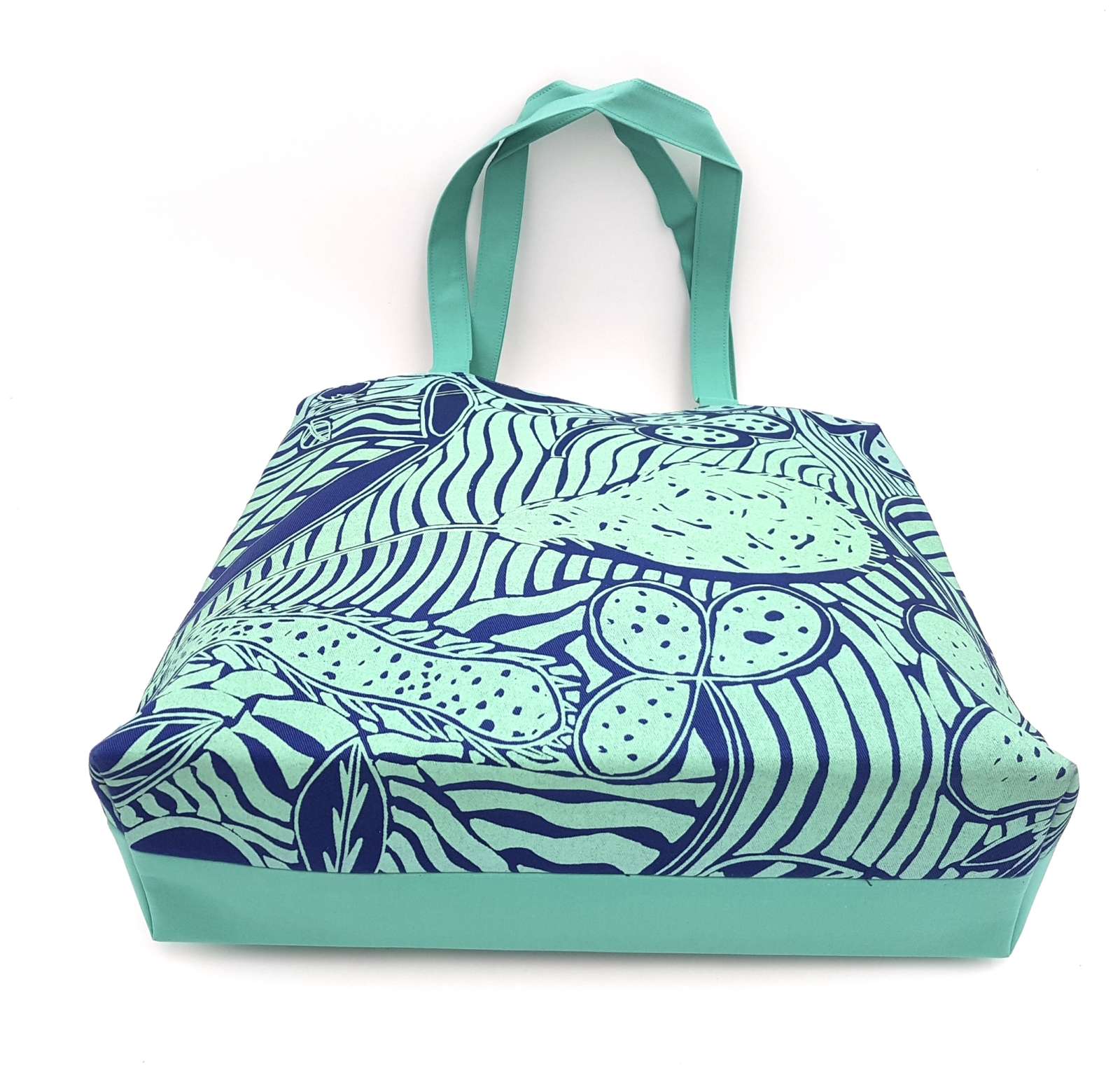
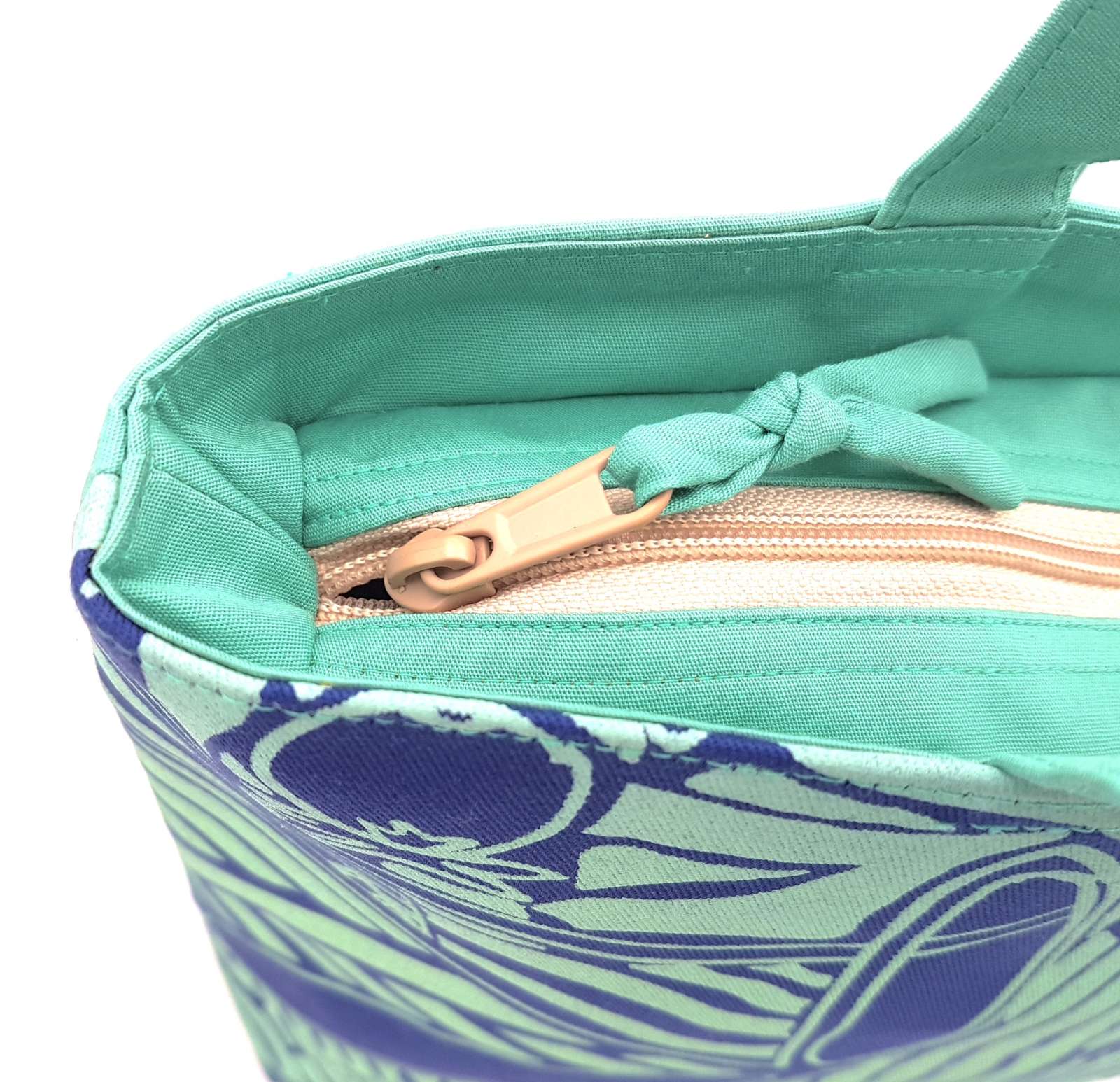
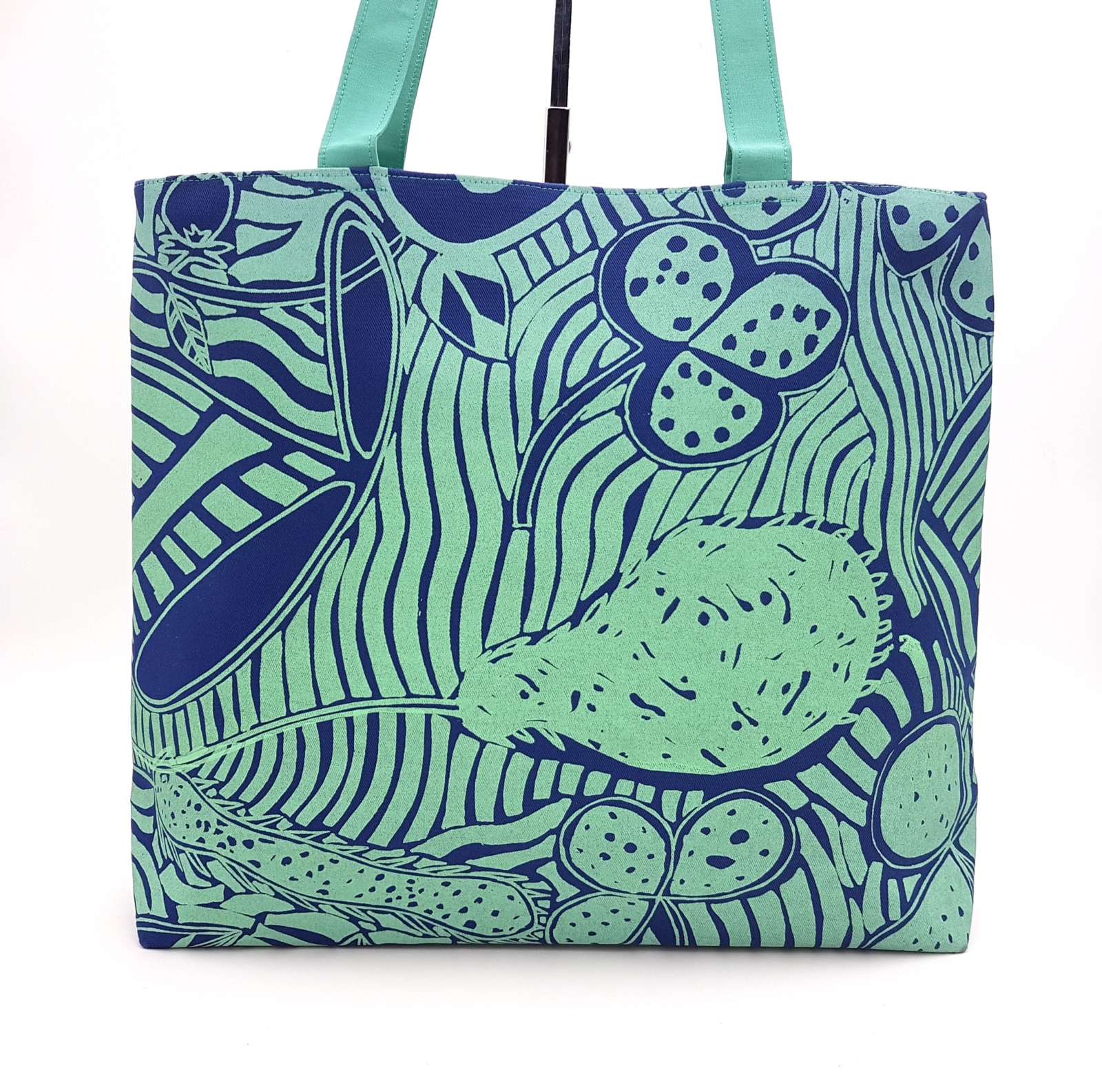
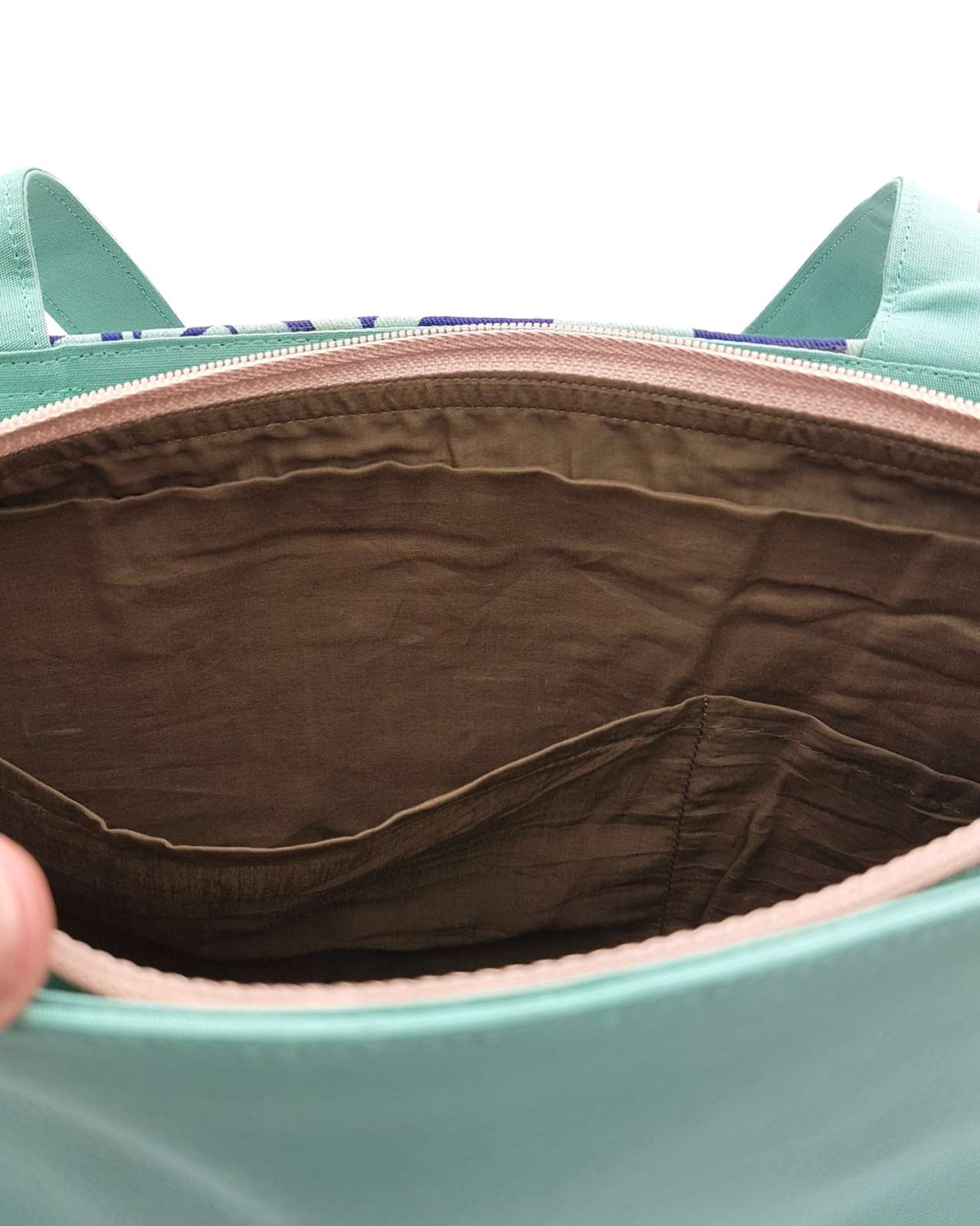
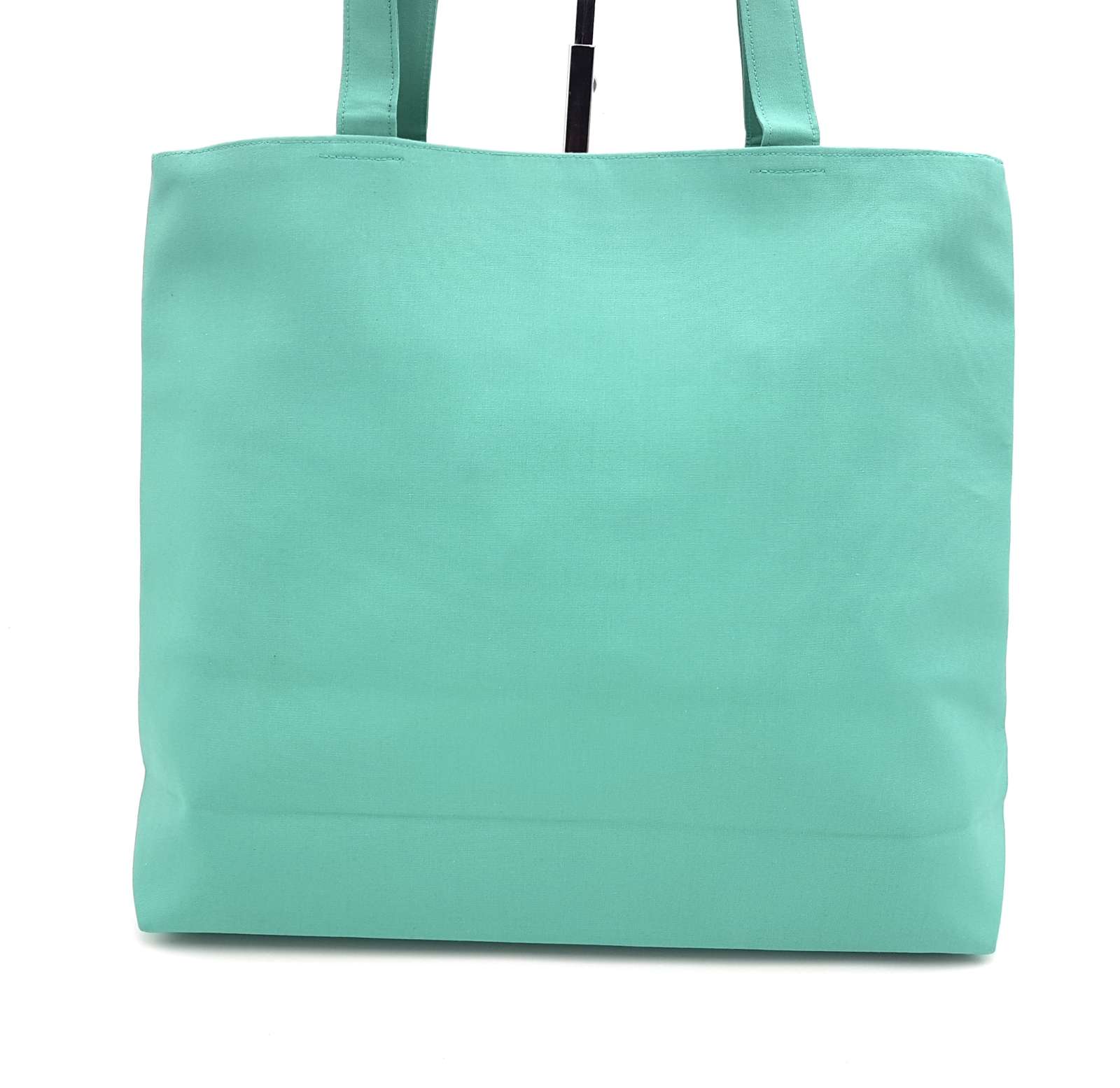

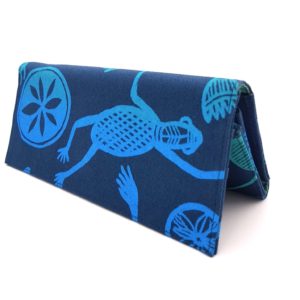
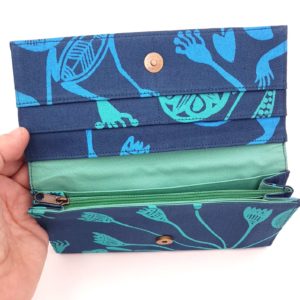
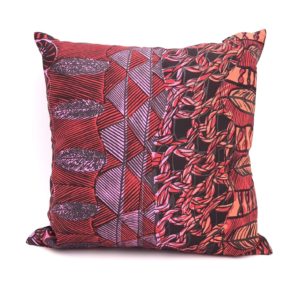
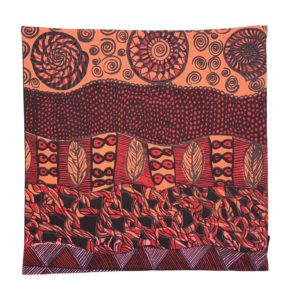
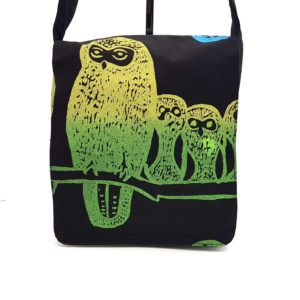
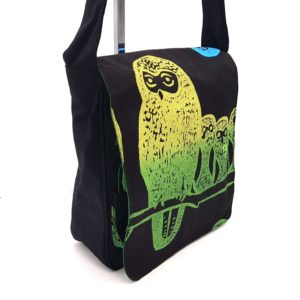
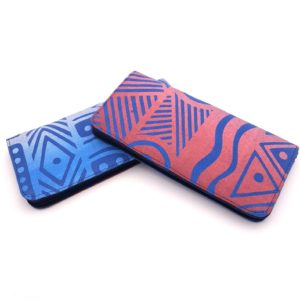
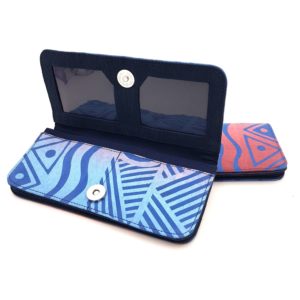
Reviews
There are no reviews yet.